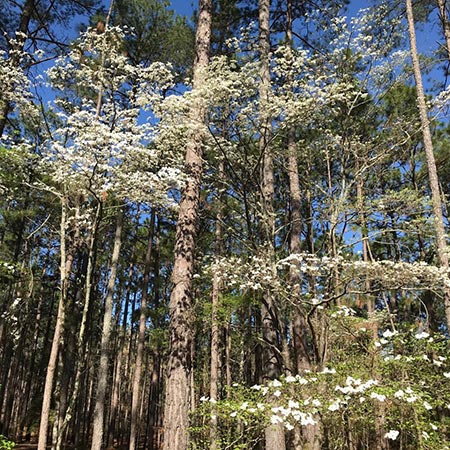Moore County Surpasses $600 Million
in Visitor Spending for 2021
Moore County Surpasses $600 Million in Visitor Spending for 2021
 SOUTHERN PINES, NC (August 17, 2022) – In 2021, Moore County witnessed an unprecedented $673 million in economic impact from visitor spending, a 70 percent increase from the previous year. That increase ranks as the fourth highest rate of increase statewide, up from $396 million in visitor spending in 2020 which was deeply impacted by the COVID-19 pandemic. With the substantial increase in visitor spending last year, Moore County now claims the tenth highest tourism economy in the state, the highest ranking in history. The data comes from an annual study commissioned by Visit North Carolina, a unit of the Economic Development Partnership of North Carolina and compiled by Tourism Economics in collaboration with U.S. Travel Association.
SOUTHERN PINES, NC (August 17, 2022) – In 2021, Moore County witnessed an unprecedented $673 million in economic impact from visitor spending, a 70 percent increase from the previous year. That increase ranks as the fourth highest rate of increase statewide, up from $396 million in visitor spending in 2020 which was deeply impacted by the COVID-19 pandemic. With the substantial increase in visitor spending last year, Moore County now claims the tenth highest tourism economy in the state, the highest ranking in history. The data comes from an annual study commissioned by Visit North Carolina, a unit of the Economic Development Partnership of North Carolina and compiled by Tourism Economics in collaboration with U.S. Travel Association.
“We knew a rebound in visitor spending numbers would happen given the impacts of the pandemic in 2020, but to see such a massive increase and to crack to top 10 in the state as a tourism economy for the first time is great accomplishment,” said Phil Werz, president and CEO of the Pinehurst, Southern Pines, Aberdeen Area Convention and Visitors Bureau. “The momentum created here by the demand for golf, the USGA building Golf House Pinehurst, effective marketing of the destination and the fact we are in a rural county with great small towns providing unique experiences for our visitors shows Moore County is one of the best places to escape to in North Carolina.”
 Tourism impact highlights for 2021:
Tourism impact highlights for 2021:
- Moore County ranks tenth among 100 counties in North Carolina for annual visitor spending.
- The tourism industry employs more than 5,000 people in Moore County, an increase of 15.1 percent from the previous year.
- Tourism in Moore County saved each resident $516.59 in taxes – a savings increase of 46.7 percent from 2020. The state average was $223.80.
- State tax revenue generated by tourism in Moore County totaled $28.1 million, an increase of 51 percent from the previous year.
These statistics come from the “Economic Impact of Travel on North Carolina Counties 2021,” which can be accessed at: partners.visitnc.com/economic-impact-studies.
 The report also provided visitor spending based on a variety of sectors. Overall, Moore County ranked no worse than eleventh in the state in all of the areas including: Lodging ($168.5 million, ranked 7th); Food and Beverage ($212.26 million, ranked 11th); Recreation ($96.3 million, ranked 9th); Retail ($60.1 million, ranked 8th) and Transportation ($135.9 million, ranked 11th). The rates of increase in visitor spending in each sector compared to the previous year are as follows: Lodging (up 89 percent); Food and Beverage (up 54 percent); Recreation (up 86 percent); Retail (up 63 percent) and Transportation (up 67 percent).
The report also provided visitor spending based on a variety of sectors. Overall, Moore County ranked no worse than eleventh in the state in all of the areas including: Lodging ($168.5 million, ranked 7th); Food and Beverage ($212.26 million, ranked 11th); Recreation ($96.3 million, ranked 9th); Retail ($60.1 million, ranked 8th) and Transportation ($135.9 million, ranked 11th). The rates of increase in visitor spending in each sector compared to the previous year are as follows: Lodging (up 89 percent); Food and Beverage (up 54 percent); Recreation (up 86 percent); Retail (up 63 percent) and Transportation (up 67 percent).
Statewide, visitor spending in 2021 rebounded by 44.9 percent to reach $28.9 billion. Following the devastating pandemic-related losses of the 2020, the total fell just short of the record $29.22 spent in 2019. Direct tourism employment increased 10.5 percent to 197,500.
“These findings are something that everyone in North Carolina can celebrate,” said Visit NC Director Wit Tuttell. “They’re a testament to the resilience of our businesses and our residents, and to the enduring appeal of destinations that include everything a traveler might want. The economic well-being of the state and all its communities rises with the pleasures travelers find in the natural beauty of our public spaces, our culinary traditions and innovation, our remarkable towns and our spirited cities. North Carolina can claim it all.”
 Statewide highlights include:
Statewide highlights include:
- Total spending by domestic and international visitors in North Carolina reached $28.9 billion in 2021.That sum represents a 44.9 percent increase over 2020 expenditures. The figure falls 1 percent below the record $29.22 billion spent in 2019.
- Domestic travelers spent a record $28.6 billion in 2021. Spending was up 45.2 percent from $19.7 billion in 2020.
- International travelers spent $337 million in 2021, up 25.6 percent from the previous year.
- Visitors to North Carolina generated $3.9 billion in federal, state and local taxes in 2021. The total represents a 29 percent increase from 2020.
- State tax receipts from visitor spending rose 34 percent to nearly $1.2 billion in 2021.
- Local tax receipts grew 26 percent to $1.1 billion.
- Direct tourism employment in North Carolina increased 10.5 percent to 197,500.
- Direct tourism payroll increased 18.9 percent to $7.7 billion.
- Visitors spent more than $79 million per day in North Carolina. That spending added $6.4 million per day to state and local tax revenues (about $3.3 million in state taxes and $3.1 million in local taxes).
- Each North Carolina household saved $580 on average in state and local taxes as a direct result of visitor spending in the state. Savings per capita averaged $222.
- North Carolina hosted nearly 45 million visitors in 2021.
The overall analysis for the report draws on the following data sources:
- Spending and visitor profile characteristics for visitors to North Carolina based on OmniTrack survey data.
- U.S. Census Bureau, Bureau of Economic Analysis, and Bureau of Labor Statistics: employment, wages, and sales data by industry and the value of seasonal and second homes.
- STR (Smith Travel Research), AirDNA, and Key Data: hotel and short-term lodging performance data, including room demand, room rates, occupancy, and room revenue.
- Federal Highway Administration and U.S. Energy Information Administration: automotive and gasoline price data.
- Tax collections: lodging and total taxable sales tax receipts.
- Tourism Economics: international travel data and overseas, Canadian, and Mexican travel to North Carolina based on aviation, survey, and credit card information.
The findings from the annual report are based on the 2021 calendar year. The Pinehurst, Southern Pines, Aberdeen Area CVB concluded their 2021-22 fiscal year on June 30th with occupancy tax collections exceeding $3 million for the first time ever, an increase of 39.1% from the previous fiscal year.
About The Pinehurst Southern Pines Aberdeen Convention & Visitors Bureau
The Convention & Visitors Bureau (CVB) is the economic development agency responsible for travel and tourism promotion, product development, and visitor services for Moore County, NC. The CVB devises strategies to enhance the County’s tourism brand value and product to accommodate the next generation of visitors, thereby stimulating the local economy and enhancing the quality of life for residents and visitors alike. In 2021, Moore County ranked as the tenth largest tourism economy in North Carolina, generating $673 million annually in visitor spending, which supports the second largest employment sector in the county and saves county residents approximately $516 a year in state and local taxes.
Read more:
Other Blogs
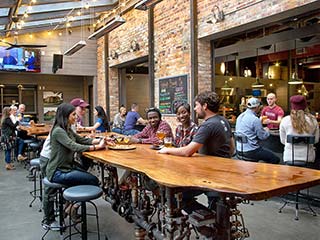
10 Great Things To Do
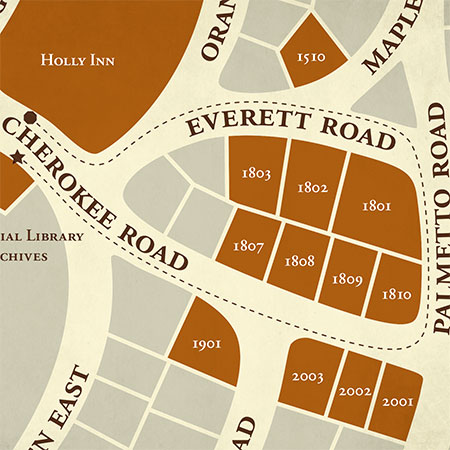
Discover The Path To Pinehurst’s Past

Insider Golf Tips

Unique Wedding Venues
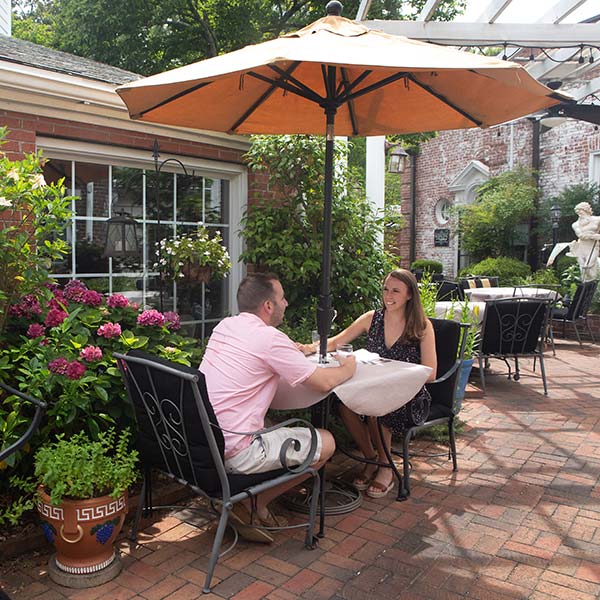
North Carolina Couples Vacation
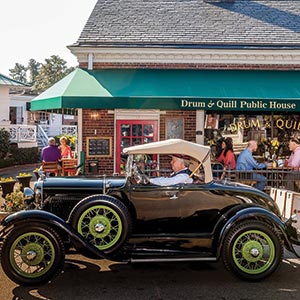
Our Favorite 19th Holes in the Home of American Golf

Girlfriend Getaways

Tobacco Road: A Truly Unique Golf Adventure

Carolinas Golf Association Hall of History

Where the Ladies Golf
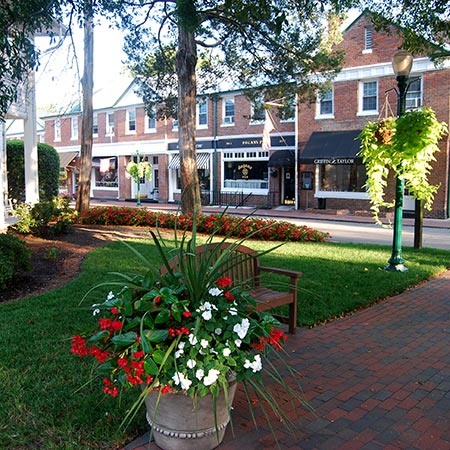
Romancing Pinehurst

Home of American Golf and U.S. Open Connections

Former U.S. Open Champions Provide Pinehurst Area Some of Its Finest Designs

Donald Ross First of Many Architects to Design U.S. Open-Quality Courses in Sandhills
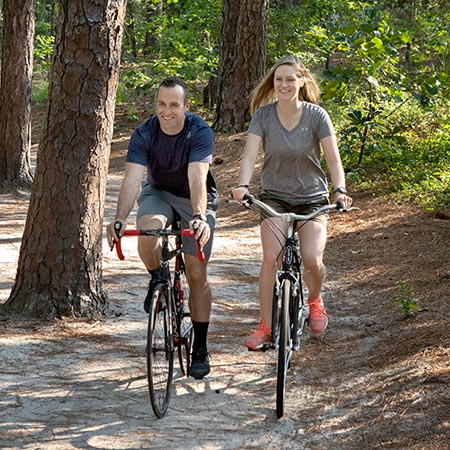
Sandhills Offers Outstanding Variety of Outdoor Activities
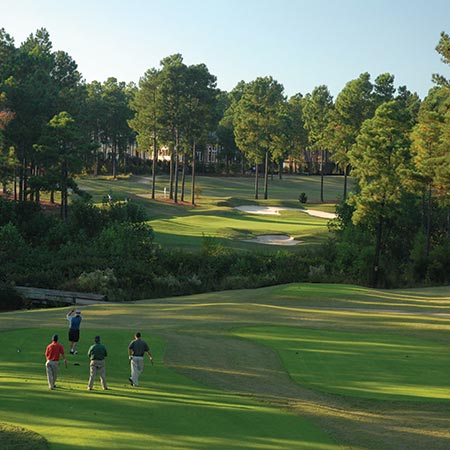
Buddy Golf Trip

18 Holes of Local Knowledge for the Sandhills Golfer

The Family Fun Trip
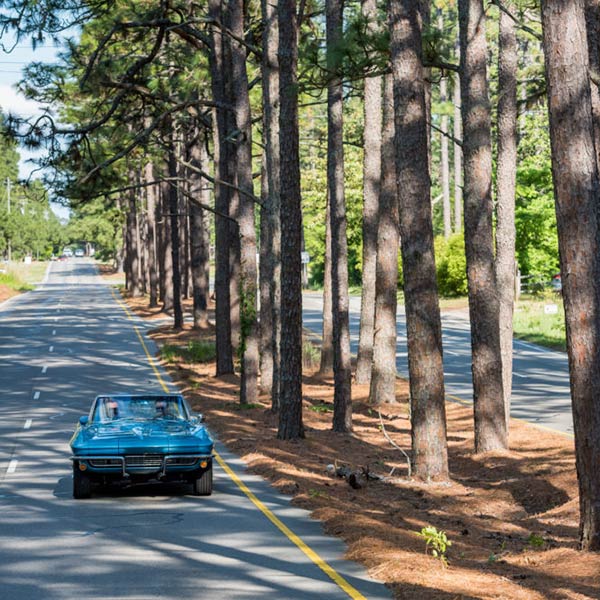
Midland Road: The “Fifth Avenue of Golf”
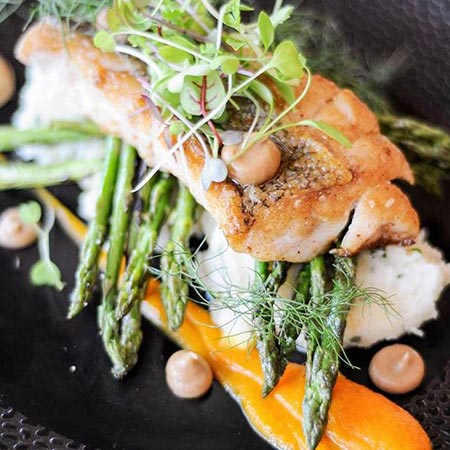
Collards, Community and Collaboration
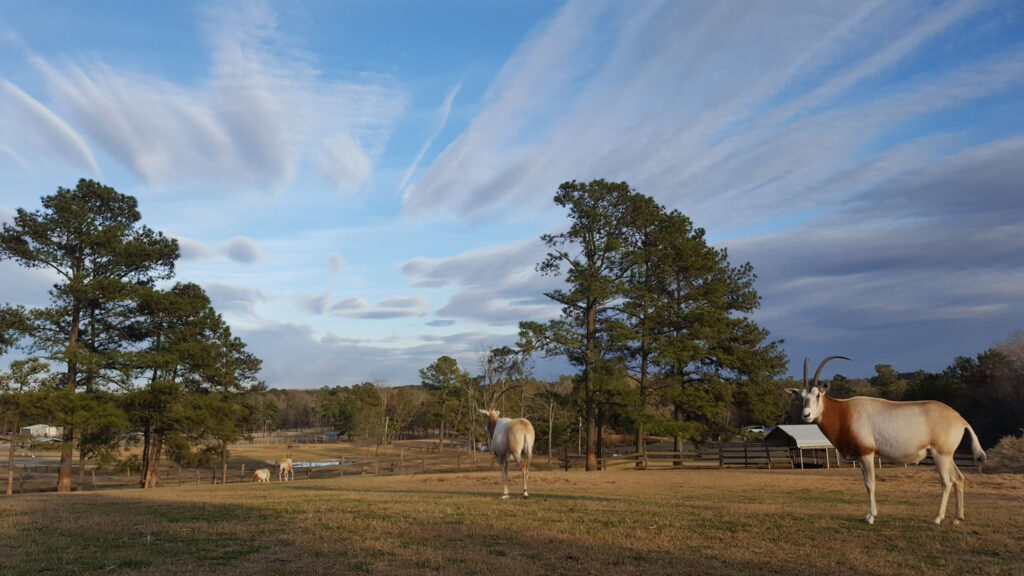
10 Little-Known Facts About North Carolina’s Pinehurst/Southern Pines Region

Sandhills Holiday Gift Guide

Spring Primer: Local Knowledge from the Home of American Golf

Our Favorite Coffee Shops in the Sandhills

Franz Creating Legacy on the Links

Bring Fido! Pet-Friendly Finds Among the Pines

Bottlebrush: Pinehurst Area’s Best Kept Secret

Franz Part 2: The Legacy Continues

Why Visit Pinehurst If You Don’t Play Golf?
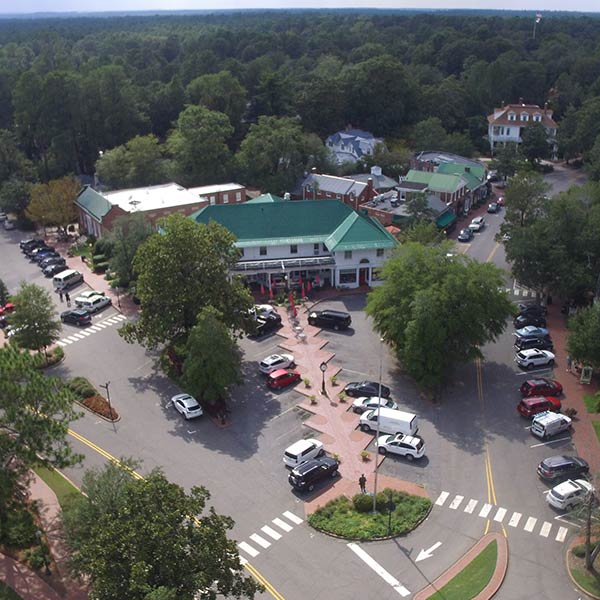
First Timer’s Guide to Pinehurst

Franz Part 3: On Sandhills Topography

Top 10 Places for a #Sandhills Selfie

“Bermuda Revolution” Around Sandhills Leads to Ideal Year-Round Golf

Hunger Games – Sandhills Golfers Dining Guide

Episode 1: Golf Tips with Nick Bradley

Episode 2: Golf Tips with Nick Bradley

Sandhills Embraces Walking Culture

Patrick Dougherty: The Stickman Cometh
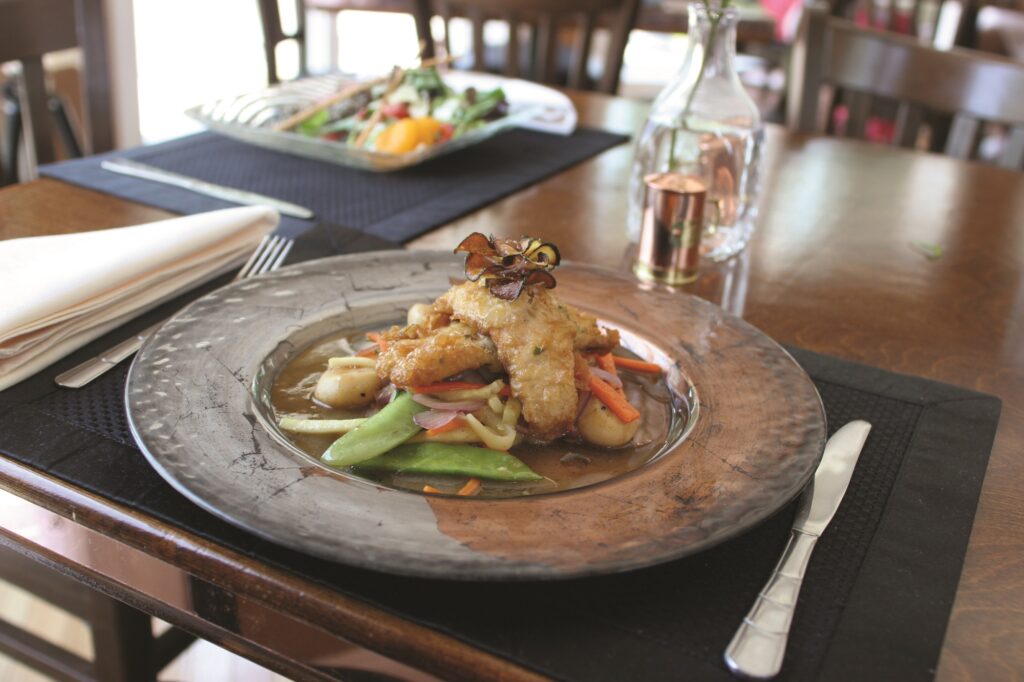
Dining A to Z

Fall Renewal in the Sandhills

Pinehurst’s Ryder Cup 1951
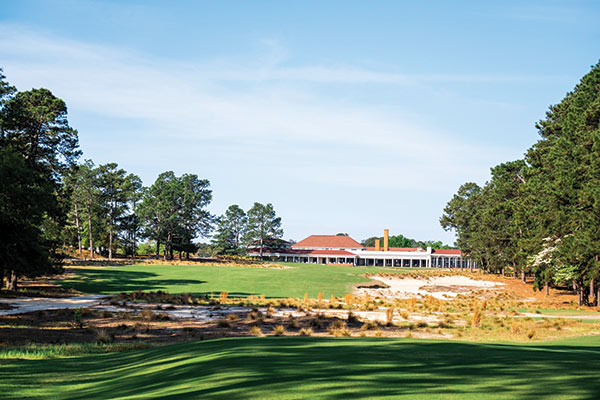
No. 2 Celebrates 10 Years

2004 Ryder Cup That Wasn’t

Family Fun in the Sandhills

Remarkable Golf Stays in The Pinehurst Area

Couples Weekend Getaway Ideas

Nature’s Canvas: Tobacco Road

Perfect Getaway to Southern Pines

Culinary Discoveries in the Sandhills of N.C.

Restaurant Roundtable Q&A

Dormie Club’s New Era

Talamore and Mid South: History of Their Own

Undiscovered Pinehurst

Off for Pinehurst

Talamore Doing More for 2022
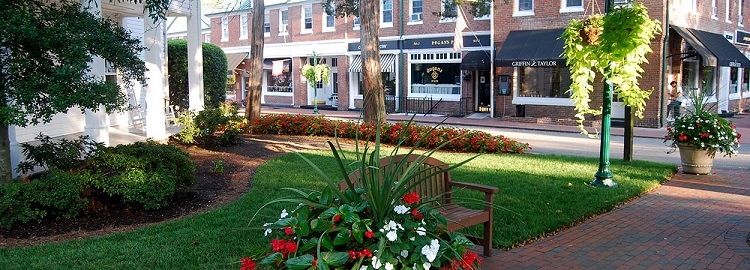
Romantic Gift Ideas In Pinehurst Area
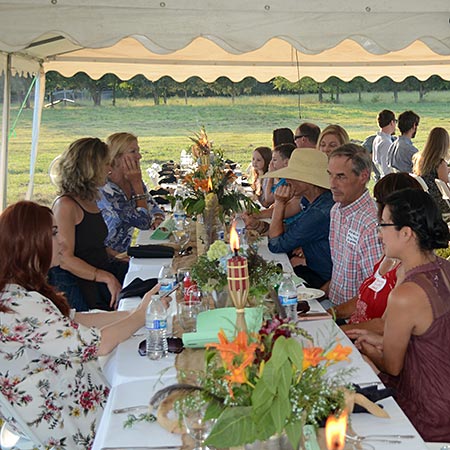
Foodie Weekend in the Sandhills
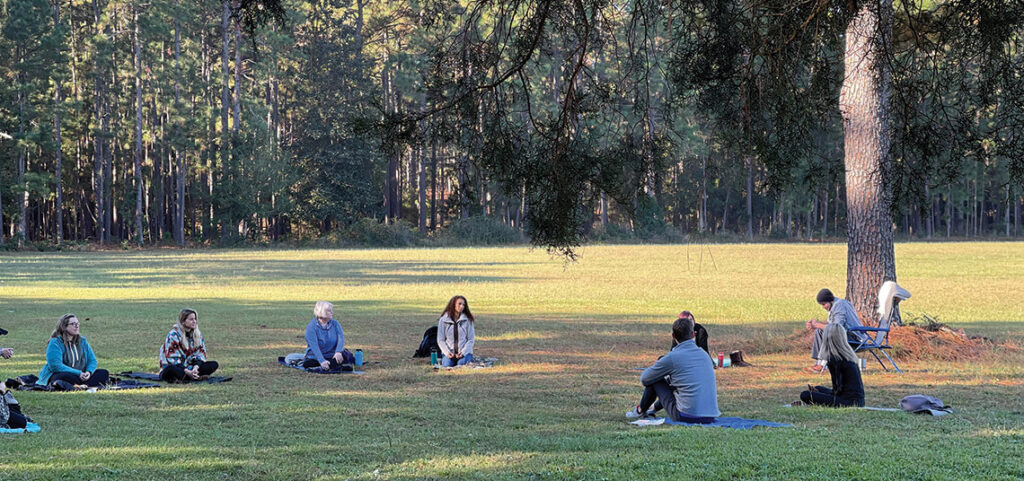
Wellness in the Pines

The Military Means Business in the Sandhills
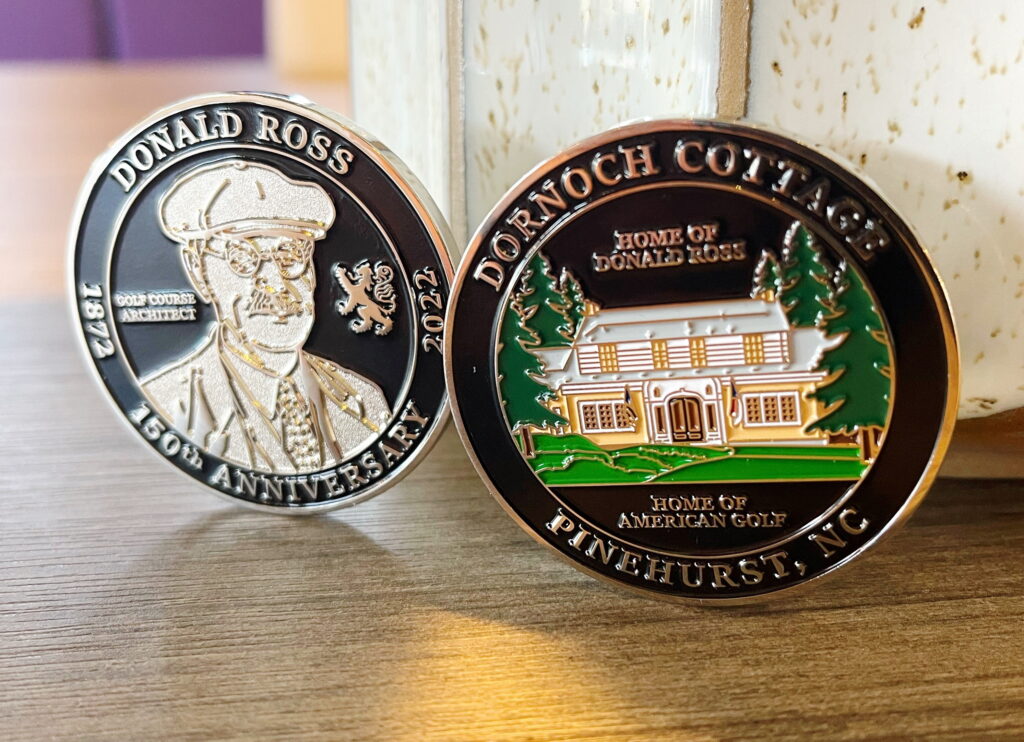
CVB Commissions Coin to Mark 150th Birthday of Golf Course Architect Donald Ross

Pine Needles Goes Back in Time

Grande Dame of Women’s Golf
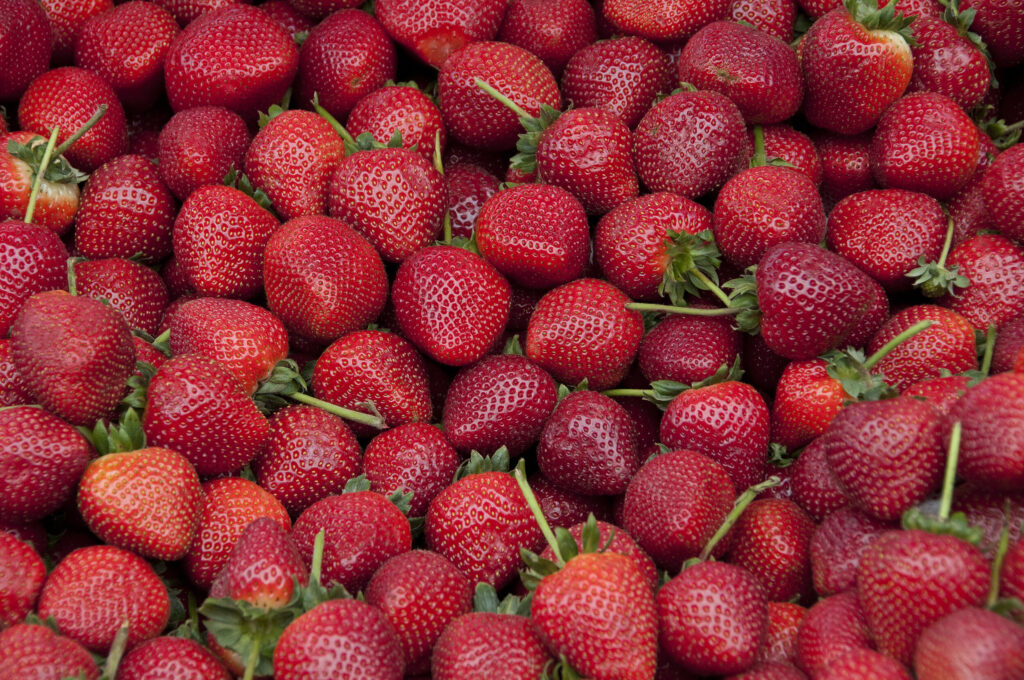
A Guide to Berry Picking in the Sandhills

Waltzing on the Danube with Peggy Kirk Bell

From Cradle to Cradle
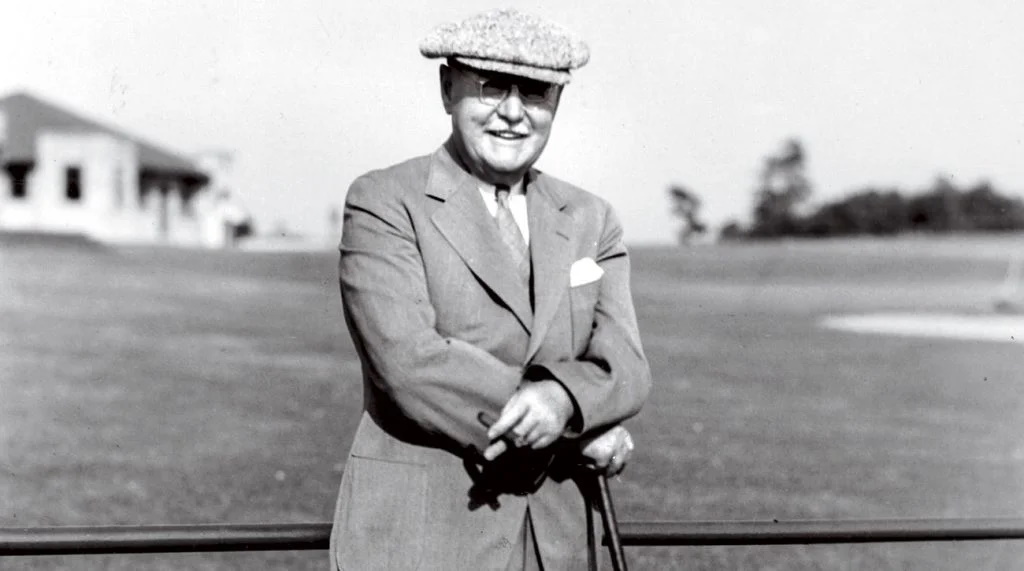
Donald Ross Could Golf His Ball

No Resting on Laurels Around the Home of American Golf

Flower Farms in the Sandhills
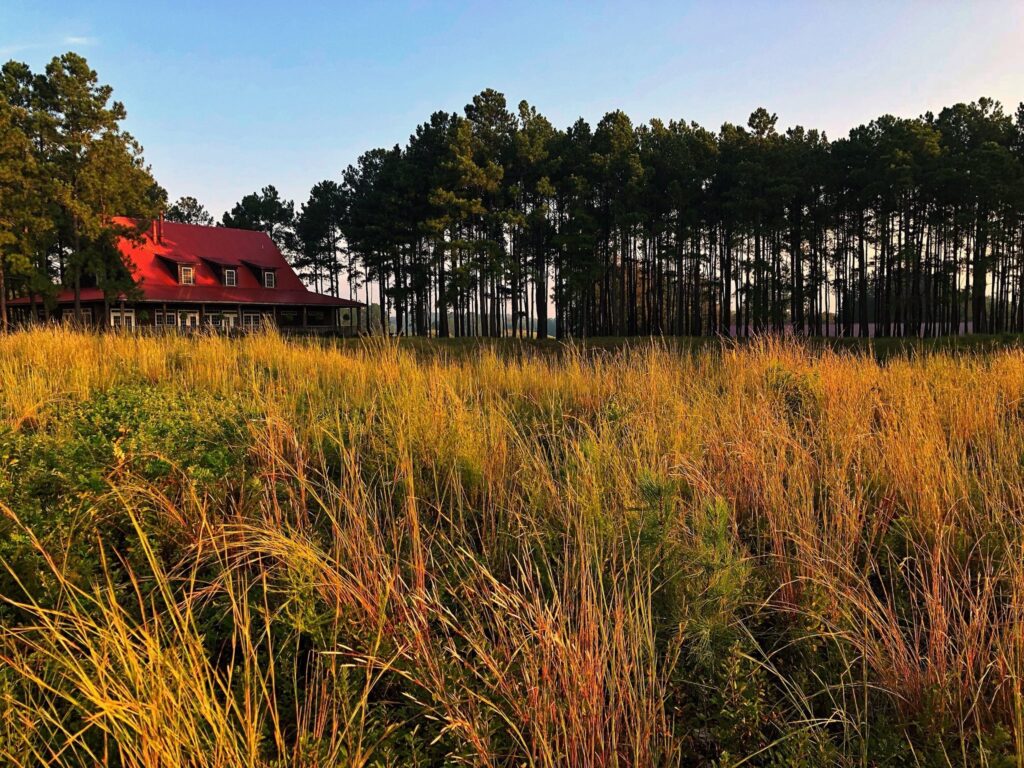
Fall into Pinehurst Golf

What Goes Around…
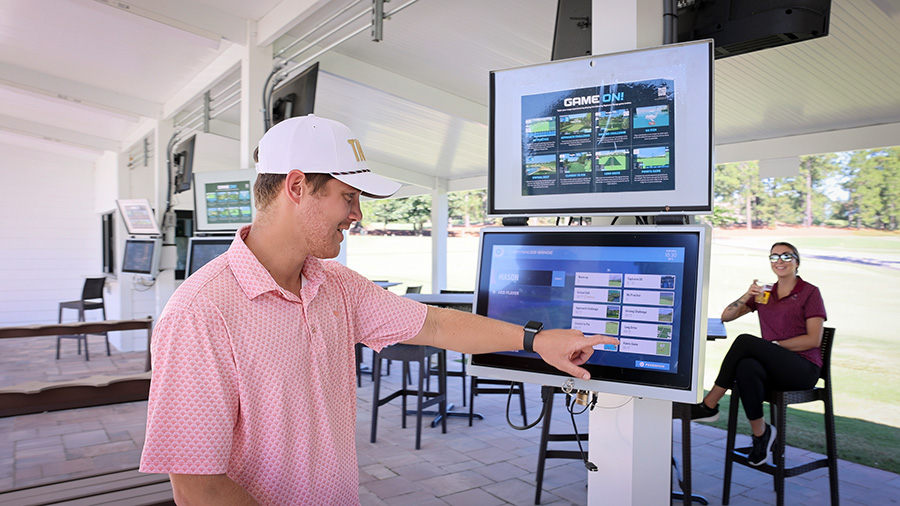
Talamore Resort Debuts New Toptracer Range
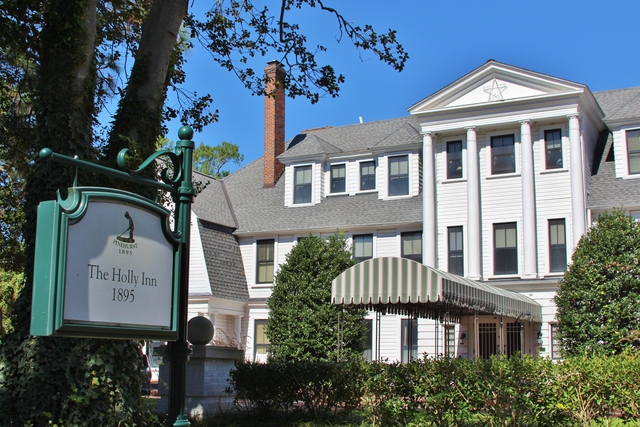
The History of the Pinehurst Inns

“For me, Pinehurst is such a special place for golf!”- Tom Fazio
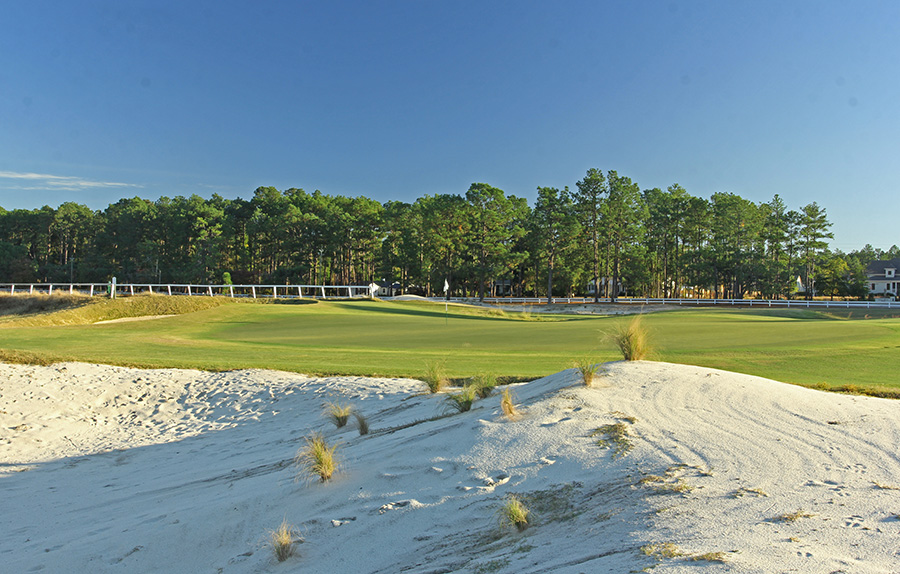
Maples Roots Run Deep in Sandhills Golf Design

CVB LAUNCHES SANDHILLS WINE TRAIL PASSPORT PROGRAM

New Southern Pines Mural

Pinehurst Area Buzzing with 2023 Excitement

Discover the Sweetness of the Sandhills

Celebrating the New Year in Moore County

The Big Three

Jones Family Imprint

The Hanse Touch

Coore & Crenshaw Roots Run Deep
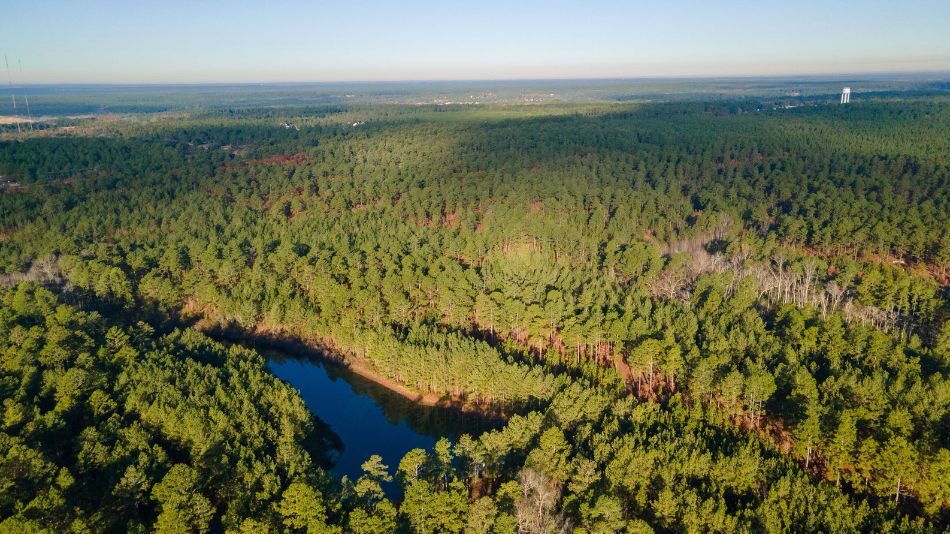
Pinehurst Resort Announces New Course to be Designed by Tom Doak
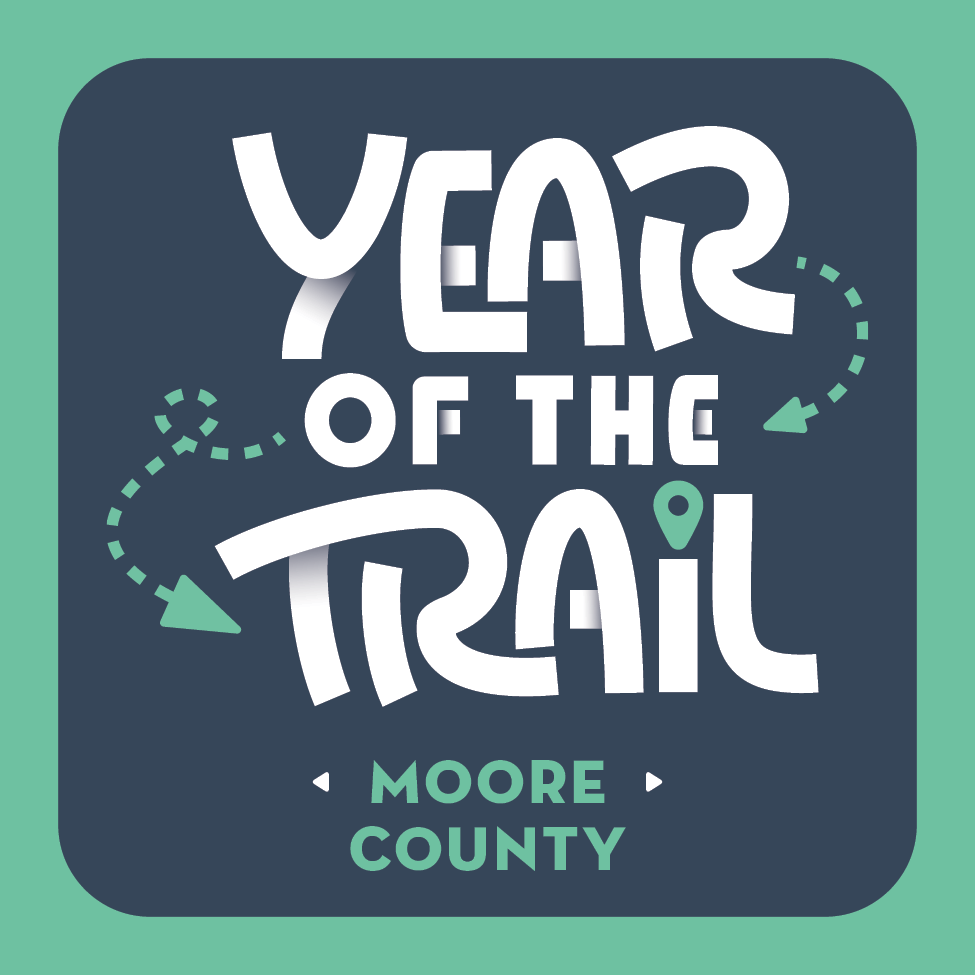
CVB ANNOUNCES NUMEROUS PROGRAMS TO CELEBRATE THE YEAR OF THE TRAIL
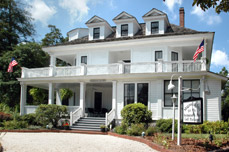
PINEHURST’S MAGNOLIA INN REOPENS

Southern Pines Golf Club Recognized
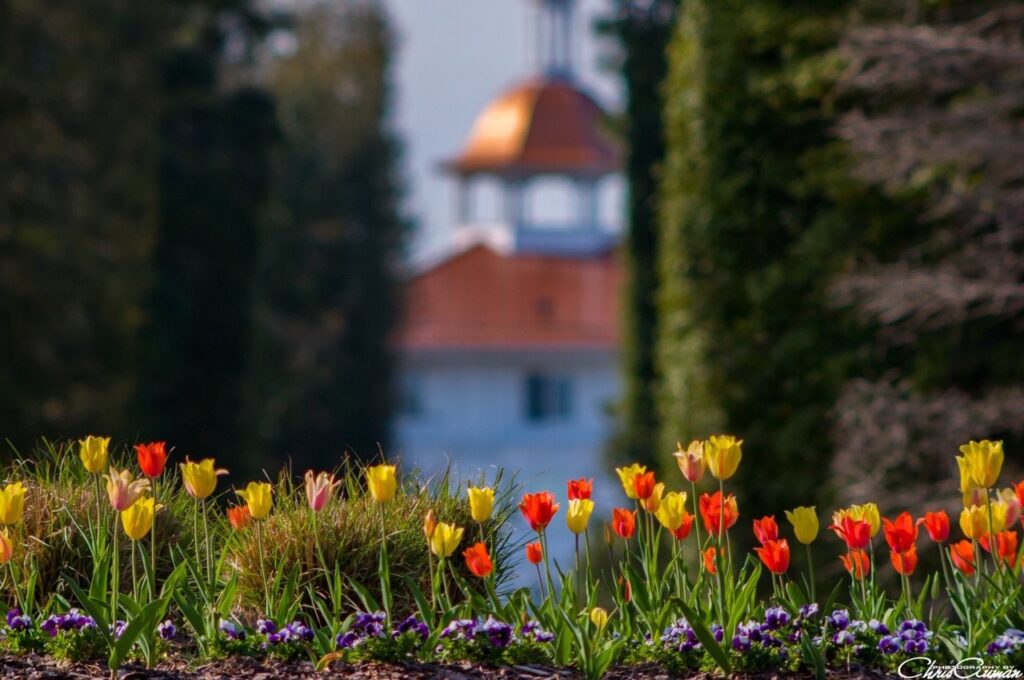
Spring in the Sandhills

Mother/Daughter Weekend in the Sandhills

A Few of Our Favorite (Golfing) Things

Golf Pride Retail Lab a must-see experience for your Pinehurst itinerary
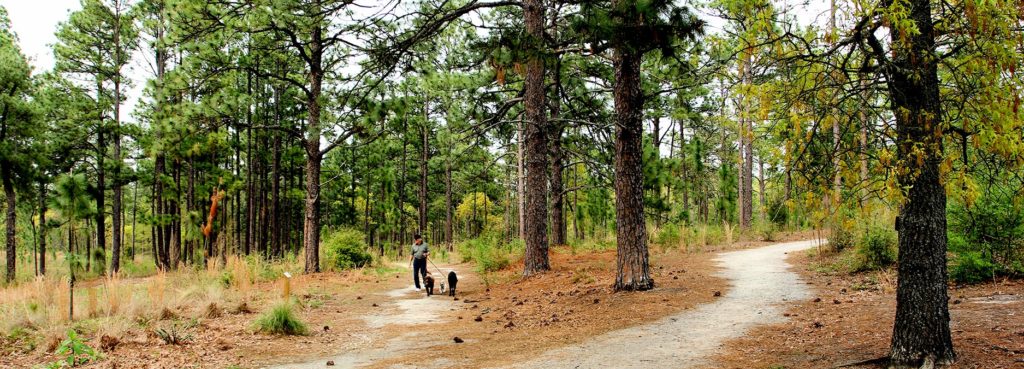
6 Trails to Explore for the Year of the Trail

Pinehurst No. 2 Still Ranked Best Course in NC
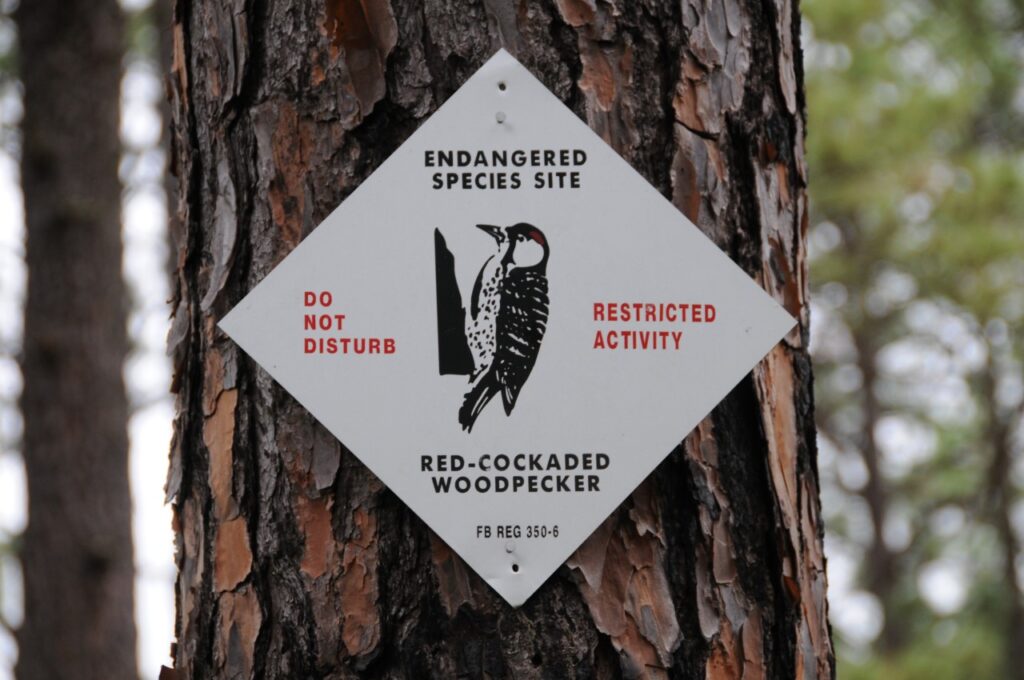
Sandhills Ecology 101

X Marks the 10-Spot

CVB UNVEILS STATE’S FIRST-EVER DIGITAL VIDEO MURAL TRAIL

Best Date Night Ideas in the Sandhills
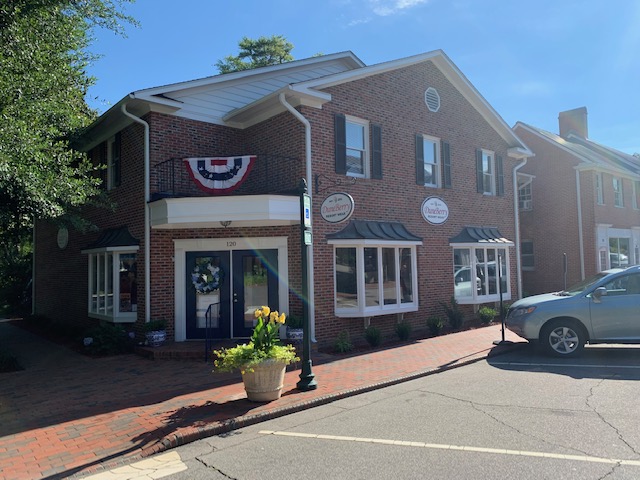
Small Towns Big Style
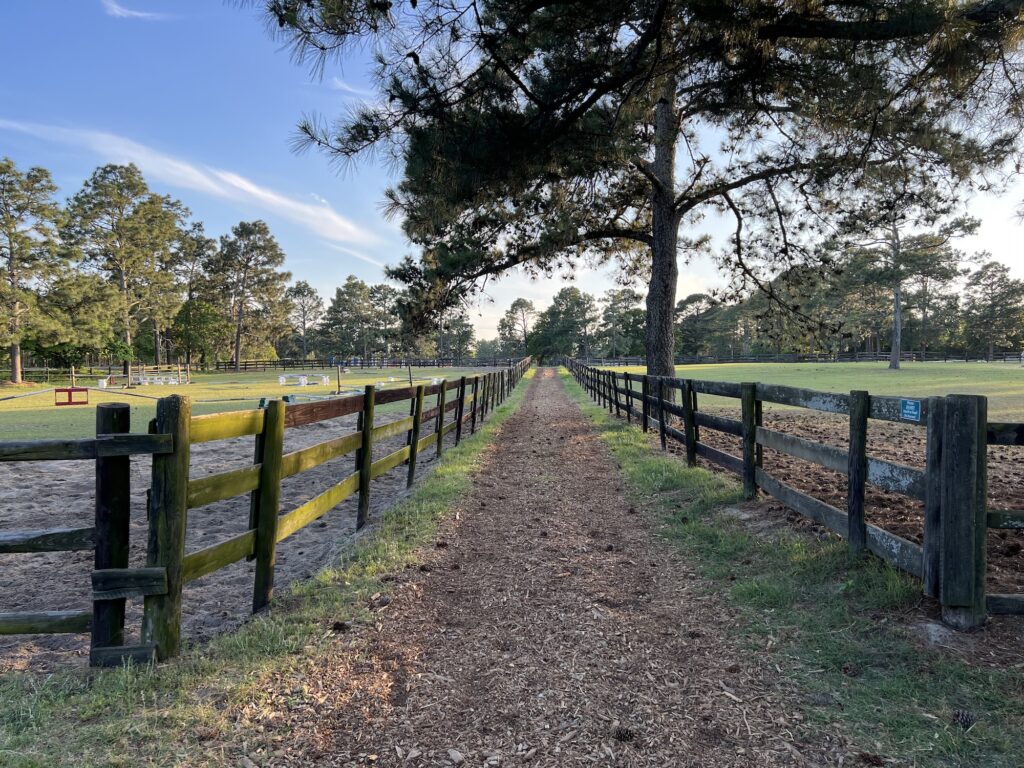
9 Urban Trails Around Pinehurst Area
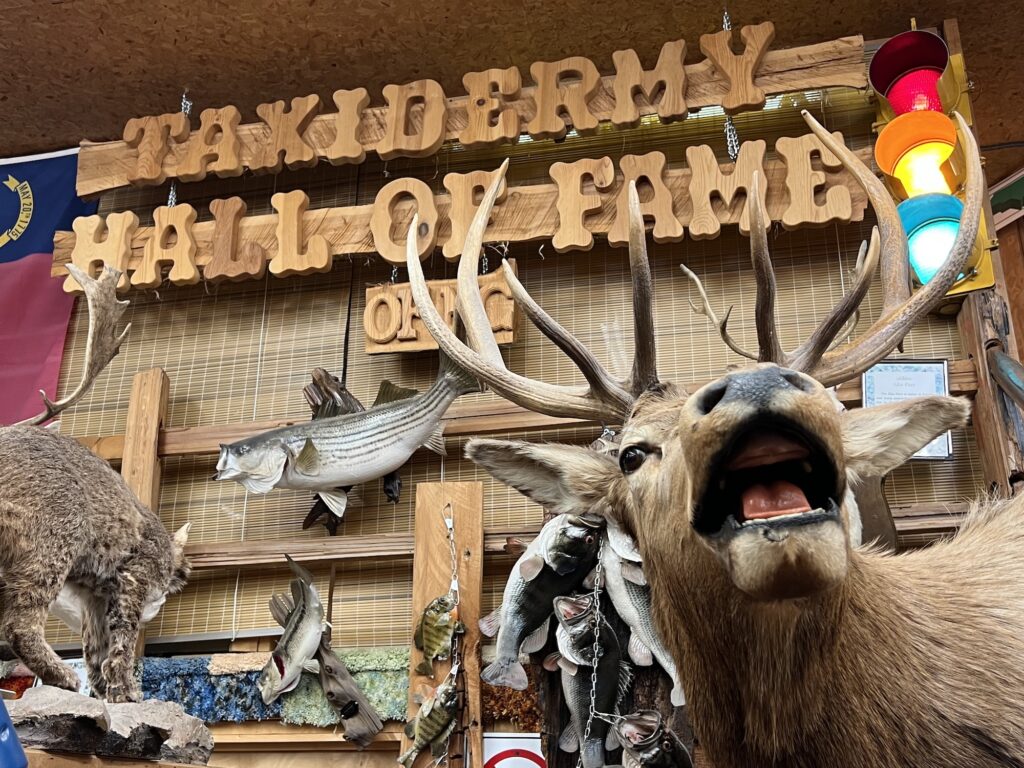
Uniquely Pinehurst

2024 U.S. Open: A Look Ahead

1999 U.S. Open: A Look Back

A Restorative Weekend Getaway at Tanglewood Farm B&B in Southern Pines
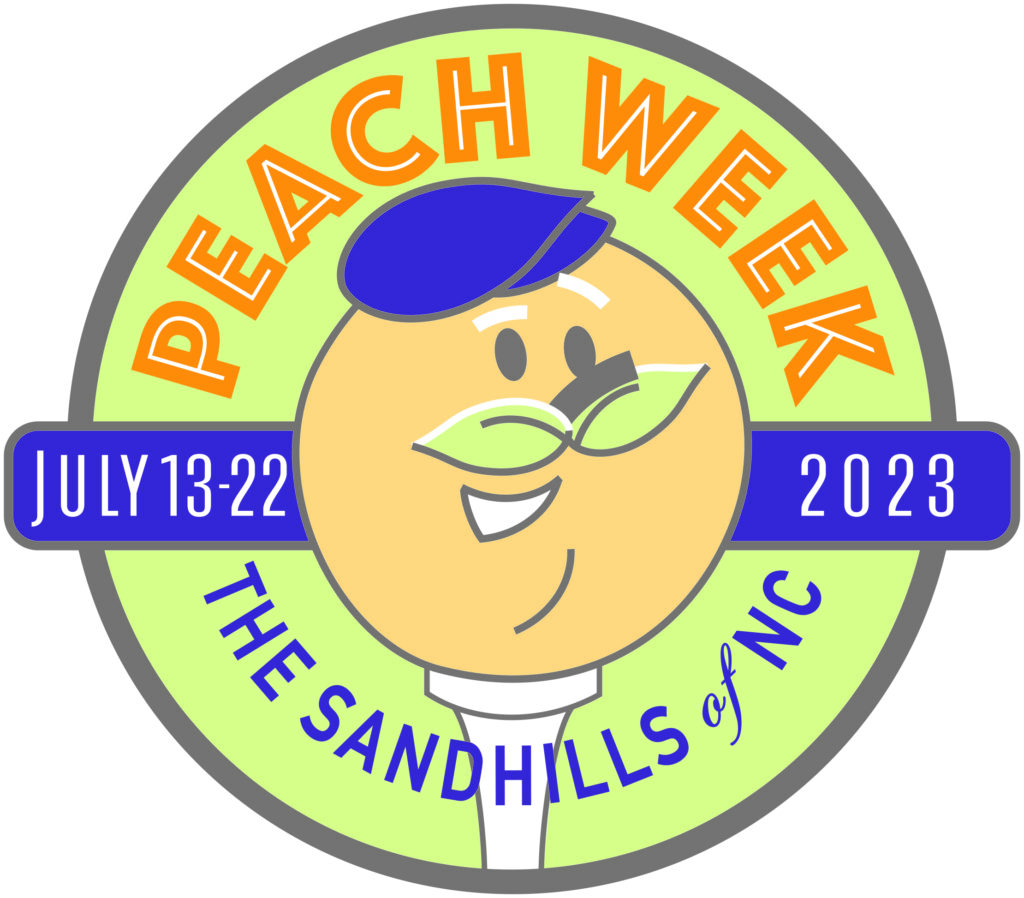
CVB ANNOUNCES MULTIPLE PEACH WEEK EVENTS

Rock the Village
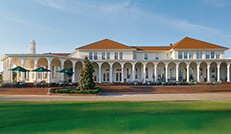
Top Things To Do On A Long Weekend

Independence Day in the Sandhills
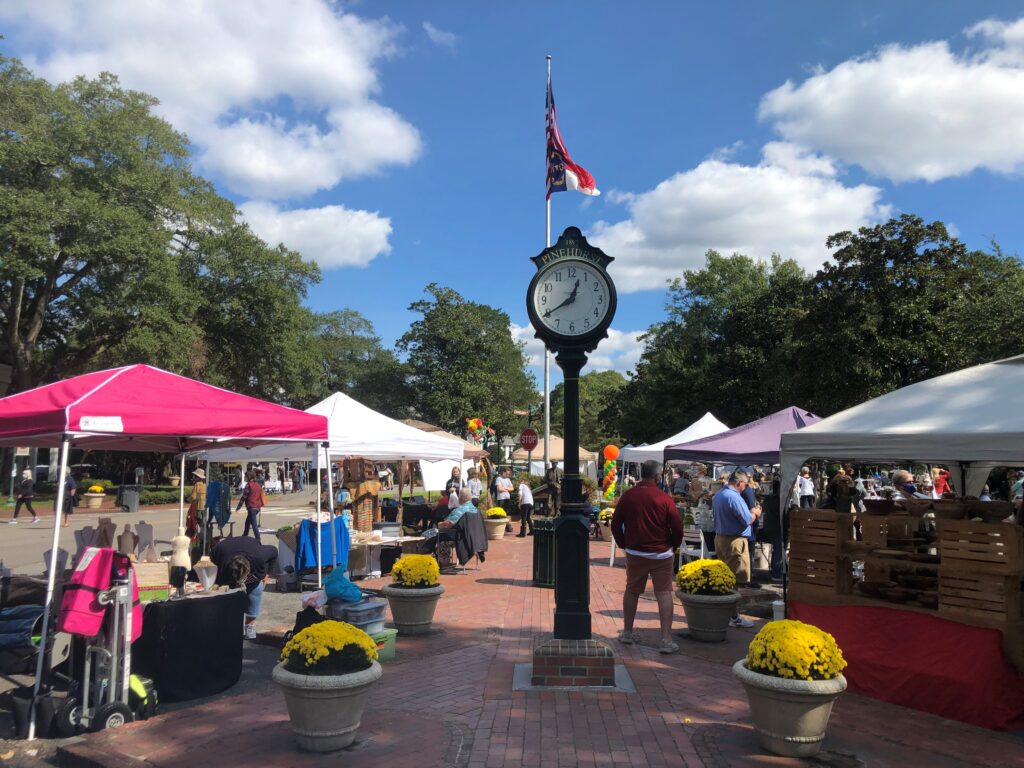
Fall Events Around the Sandhills
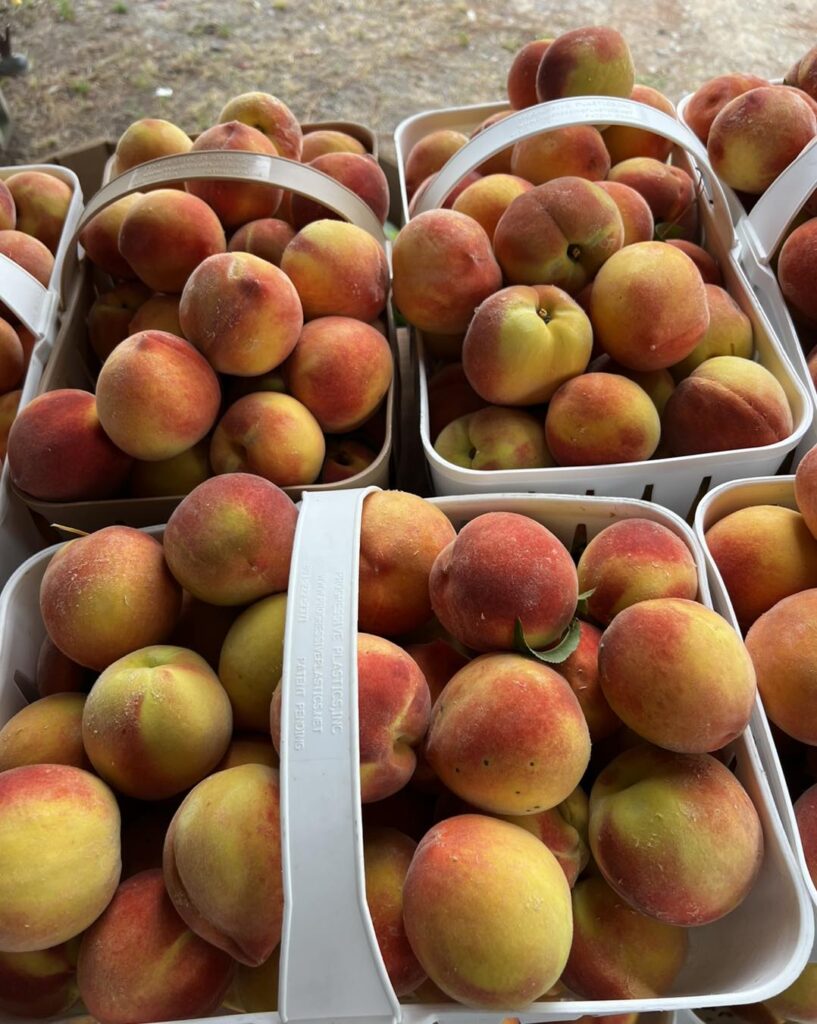
Celebrating NC Peaches

Kid You Not

Sleepy Summers No More

Getting Outside

When They Were Young

Pinehurst Major-itis

Moore County Surpasses $750 Million in Visitor Spending for 2022

Loving Our Black & Whites

Lens of the Sandhills

Festival D’avion Named as Signature Event
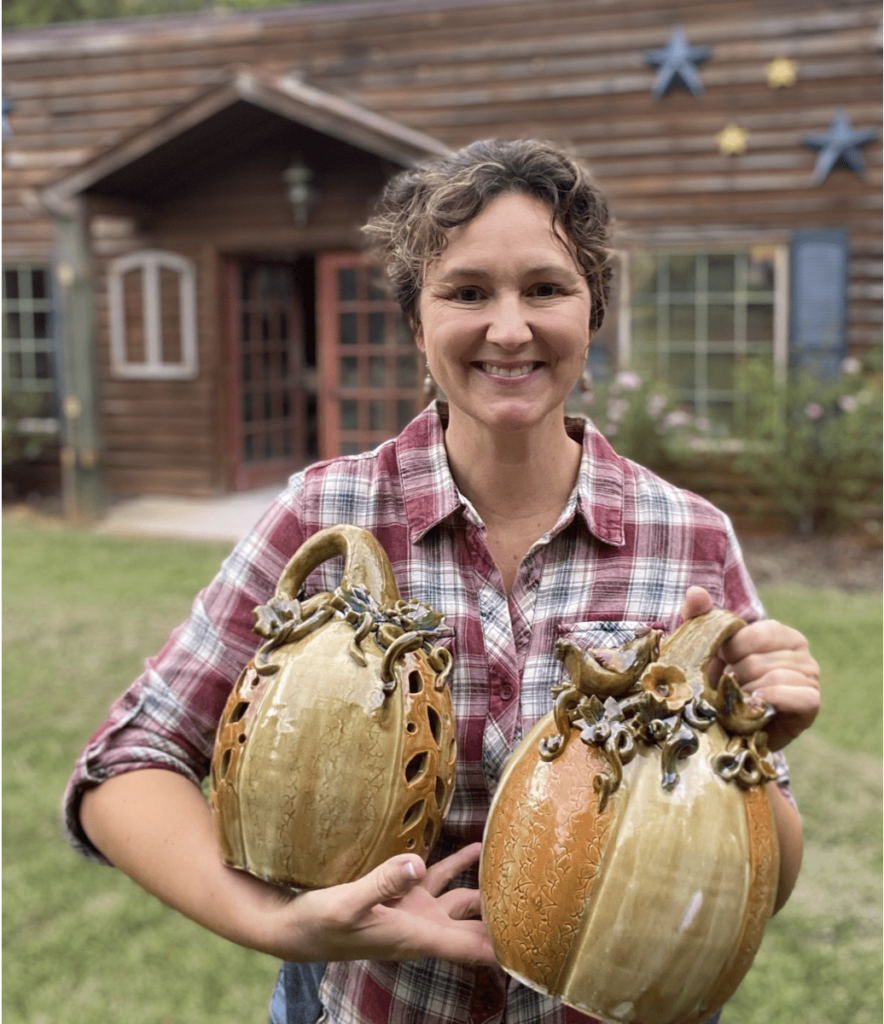
Celebrate American Craft Week

Act Two for Tot Hill Farm

An Artist in the Dirt
Legends of the Pines
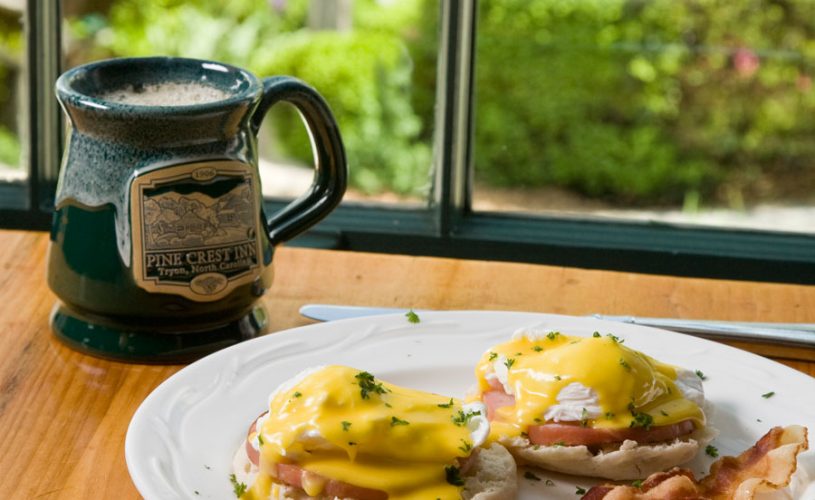
Breakfast Joints of the Sandhills

CVB BOARD OF DIRECTORS APPROVES AWARDS TOTALING $821,000 FOR TOURISM GRANTS
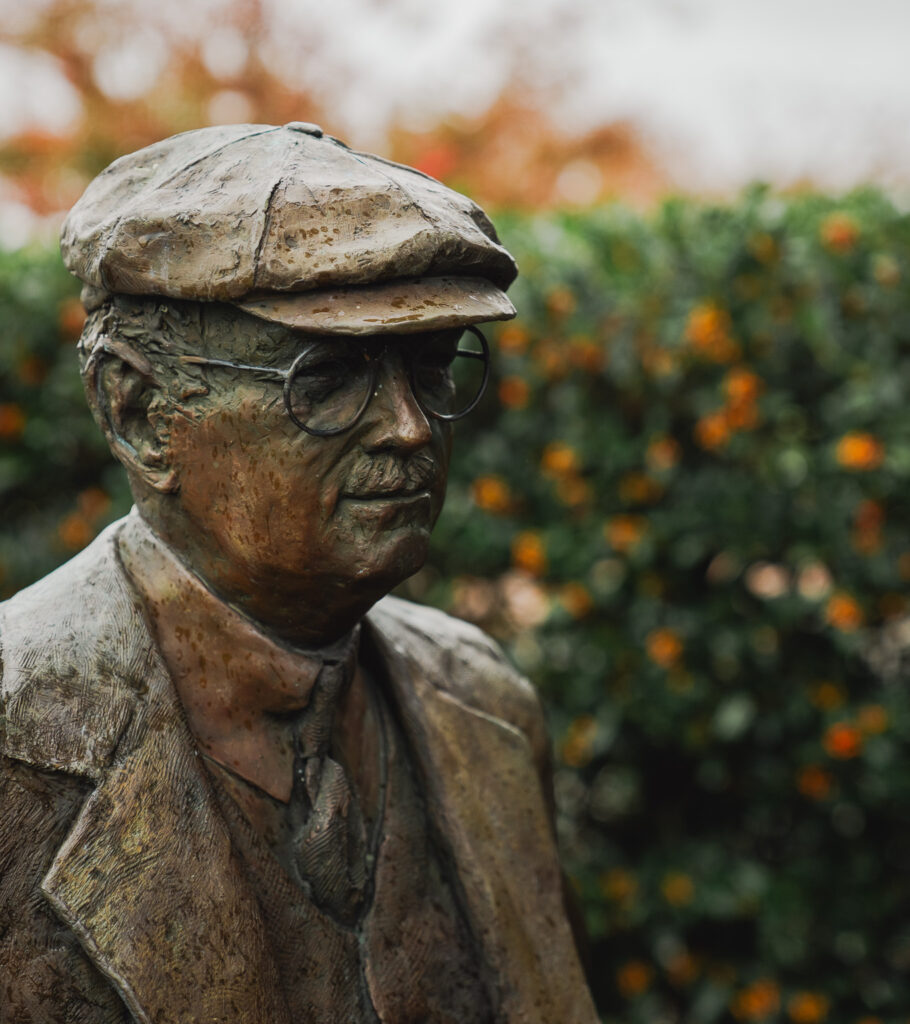
The Scottish Invasion

To Dornoch and Back

A “New” Pinehurst Welcomes the World in 2024
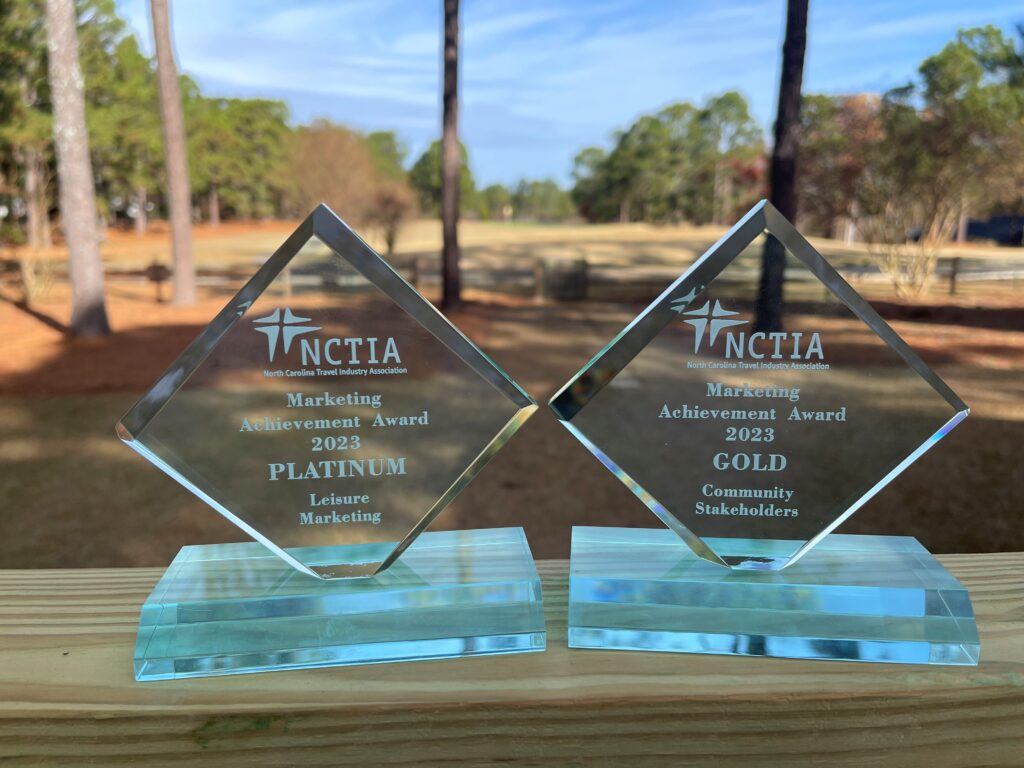
CVB EARNS PAIR OF STATEWIDE TOURISM MARKETING AWARDS

Pinehurst Holiday

Golfers Gift Guide
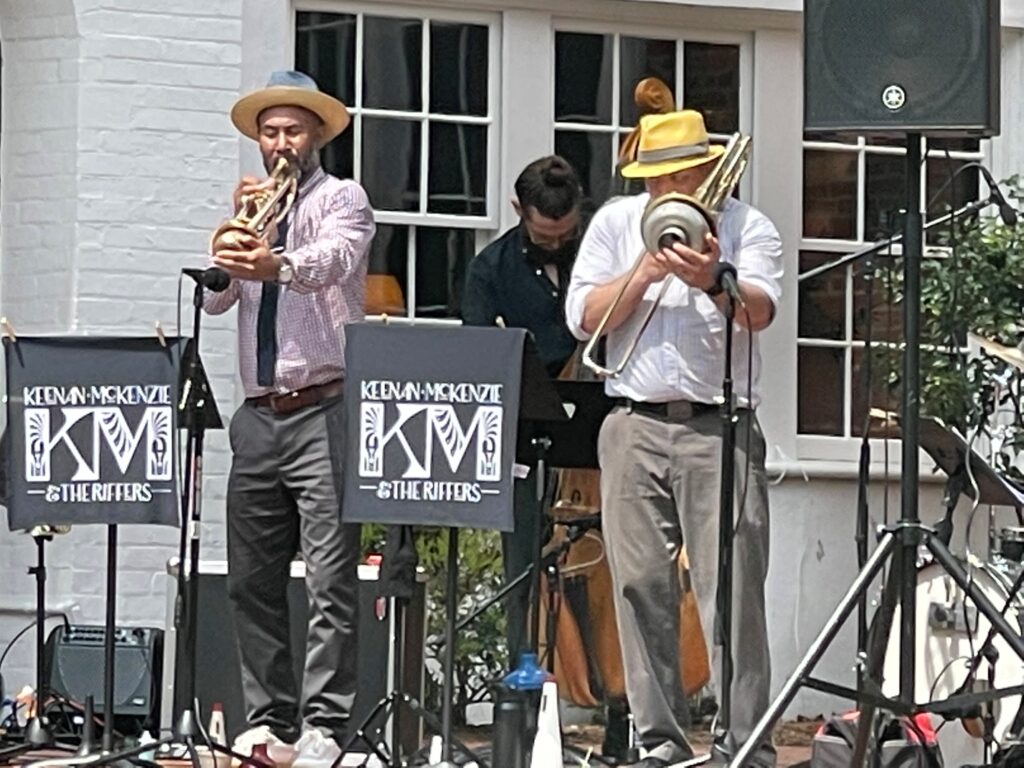
Sandhills Nightlife Scene

A U.S. Open Year

Payne at 25

Where to Antique in Cameron and Carthage

Girls’ Weekend in Moore County
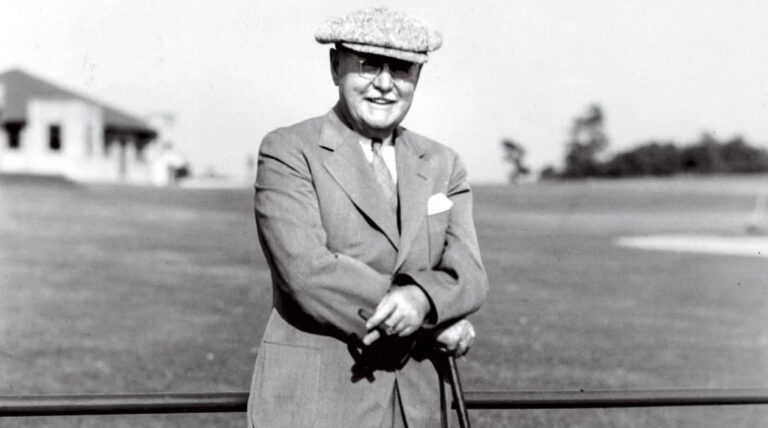
Sandhills Hall of Fame
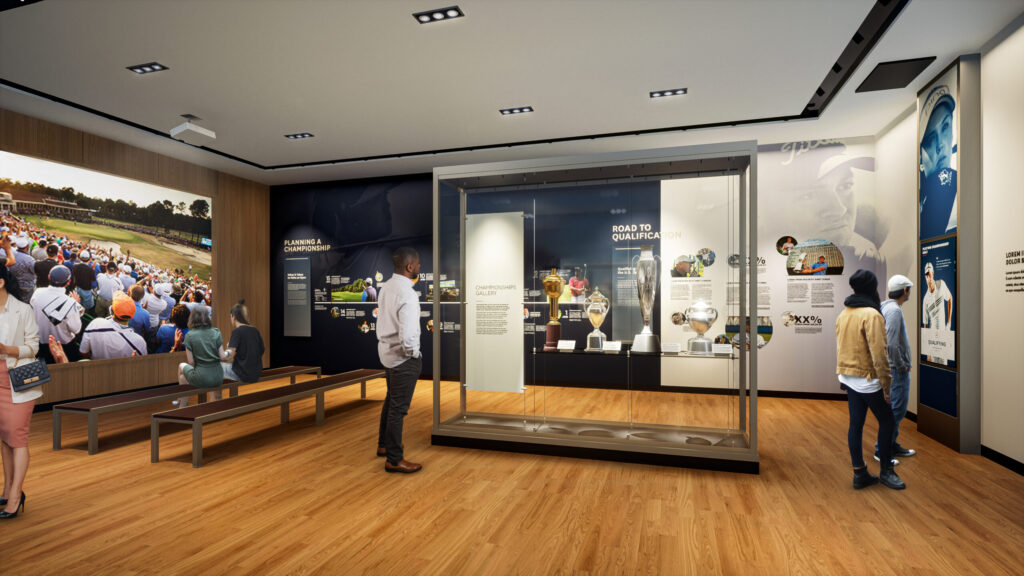
Hall of Fame Take Two
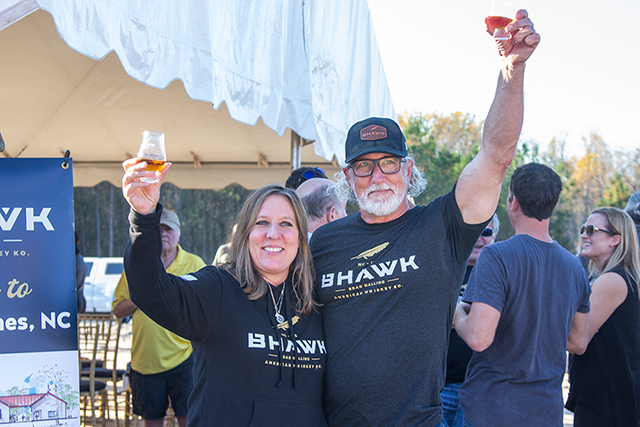
BHAWK Distillery Toasts Military Spirit

A Dozen Master Strokes
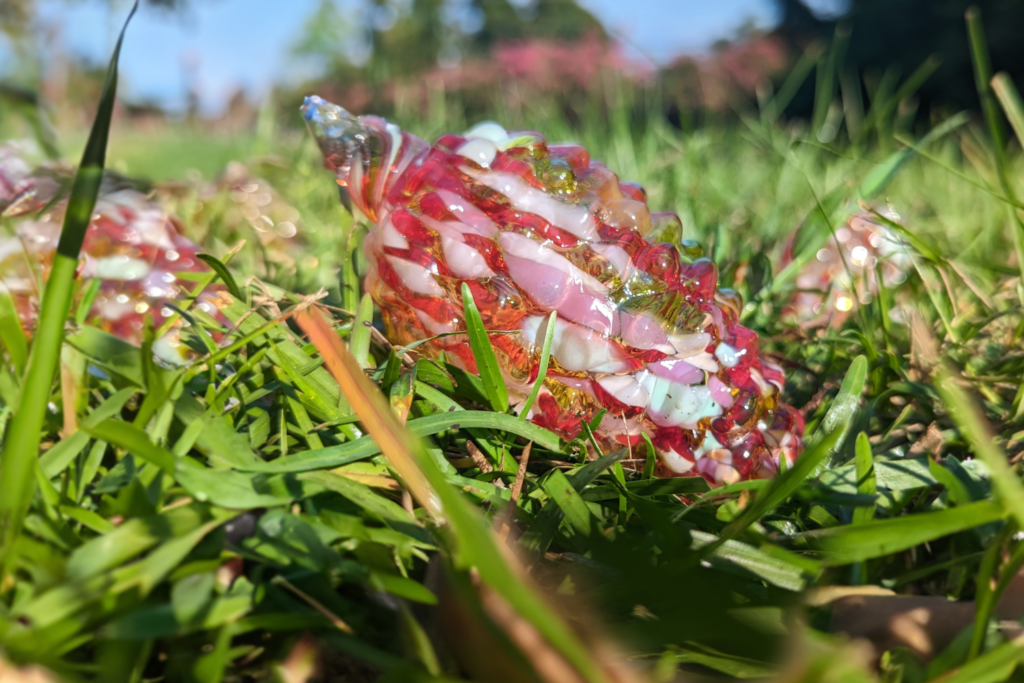
Popular Pinecone Pathways Returns for Spring 2024
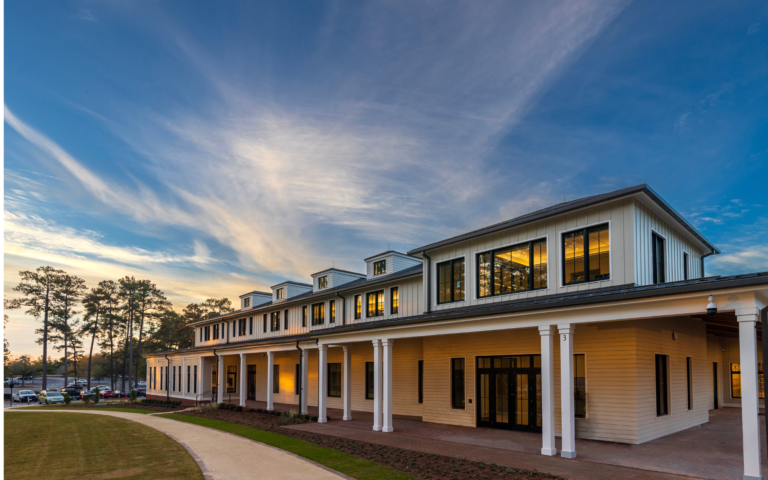
The Dynamic Decade

Sandhills Pours Double Dose
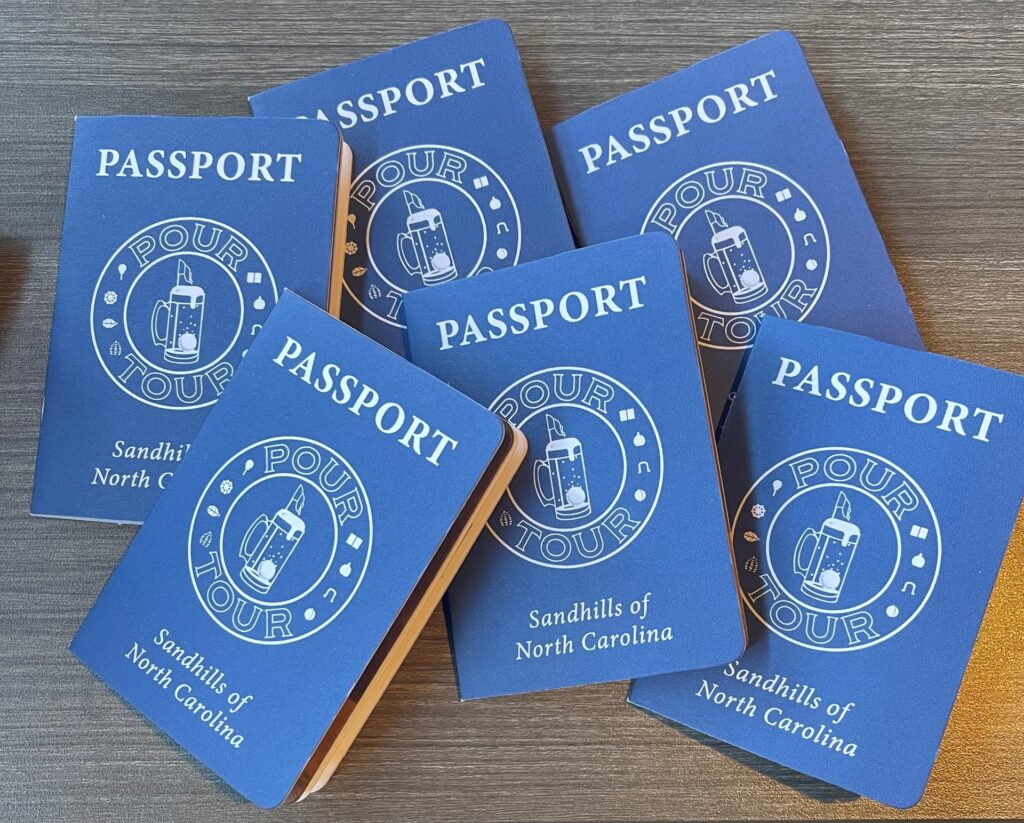
POUR TOUR PASSPORT ADDS TWO MORE STOPS
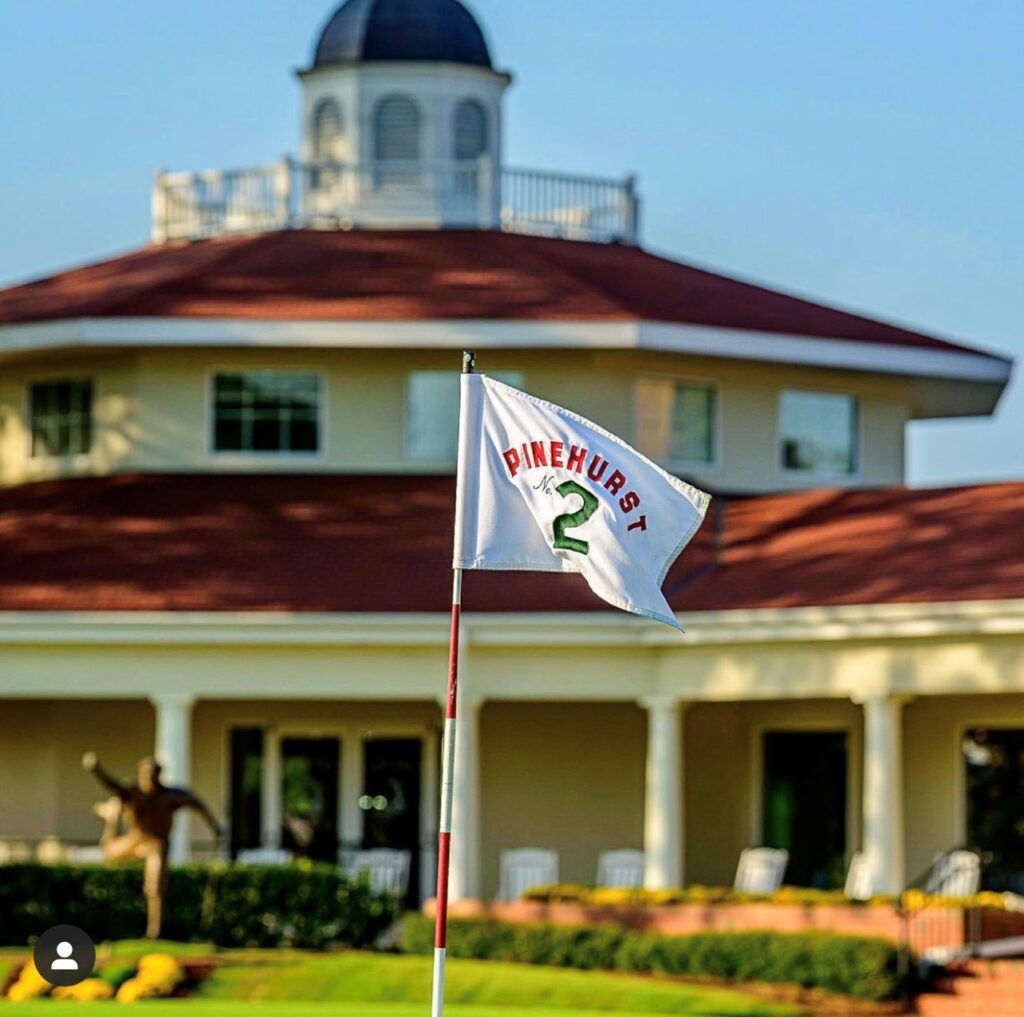
Pinehurst No. 2 Continues to Lead the Way in 2024

Rebirth at Woodlake
Pints in the Pines: A Guide to the Breweries of the Sandhills

